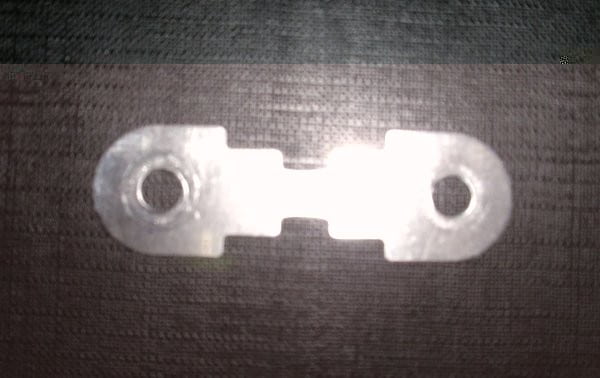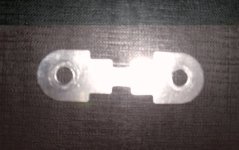deVries
100 kW
It came to my attention that even a123 26650 cells can suffer an internal short inside a battery pack. I know of someone that is building EV-car size batteries using these cells and is "fusing" each and every cell with the battery bar connected between every cell that is also designed "to melt" in an internal short or crash/accident short too. Given that one cell shorted (with a wire too) can burn/melt flesh to the bone and destroy a whole battery pack of cells I would be interested using a battery bar connection that would also be a fuse. I've seen too many pics on ES of charred fingers due to human error handling batteries too. 

I've seen fusable battery bar connections similar to this shape:

But I've found no thread topic that specifically addresses fuseable battery bars, or how to design these.
Frodus made a most important point about what needs to be considered...
"The difficult thing is to have that link fuse under high current, but not to add too much resistance to the pack because of the small current path."
I'm guessing for a123 26650 cells a fuse bar between 100-150 amps per cell would be high enough AND not be too low to cause too much resistance in about a 150 cell battery.
Does anyone know how to design for this and would be willing to contribute this information to our group knowledge base here at ES? Where is this knowledge stored for reference online?
Does anyone know what the best material to use is? Copper may be too high a melting point? Nickel? Aluminum? A plated material?
Thanks!!!
I've seen fusable battery bar connections similar to this shape:
But I've found no thread topic that specifically addresses fuseable battery bars, or how to design these.
Frodus made a most important point about what needs to be considered...
"The difficult thing is to have that link fuse under high current, but not to add too much resistance to the pack because of the small current path."
I'm guessing for a123 26650 cells a fuse bar between 100-150 amps per cell would be high enough AND not be too low to cause too much resistance in about a 150 cell battery.
Does anyone know how to design for this and would be willing to contribute this information to our group knowledge base here at ES? Where is this knowledge stored for reference online?
Does anyone know what the best material to use is? Copper may be too high a melting point? Nickel? Aluminum? A plated material?
Thanks!!!


